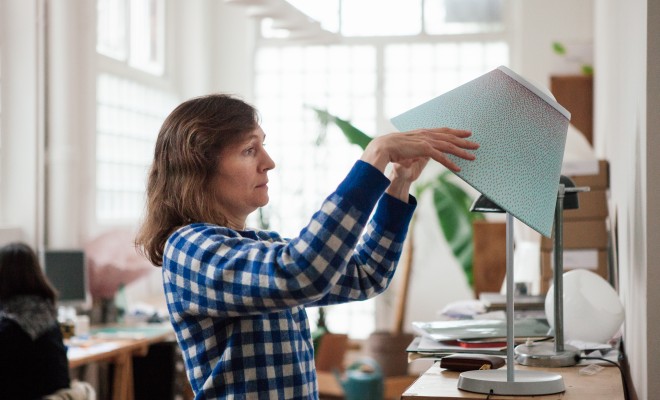 Photography: Nadia Gric
Photography: Nadia Gric
Inga Sempé : designer without myths
Ever since 2000, when a French designer Inga Sempé started working independently, her works have been appreciated and attributed several significant awards in the design sphere. During sixteen years, which separate the date of her first creative steps (back then she was still doing an internship at Villa Medici academy) and today, a lot of things have changed: the needs of society, regards to design, or its perception, but Inga’s life and design philosophy remains unchanged. This woman, whose primary concern is to design “simple, but not banal” objects, doesn’t want to draw strict boundaries between her work and private space – creating is her natural state.
No place for magic
When you first open the doors of Inga Sempé’s creative space, which is situated in the 10th arrondissement of Paris, it is easy to get confused trying to decide if details there reveal more about the artist’s creative processes or her daily life. She places fragrant tea on the rough surface table, and opened sketchbooks are comfortably lying nearby, as if they’ve just been browsed. Intuition is whispering that we’re at the place where all designer’s ideas are born. This is the table Inga invites us for a talk. The first impression which gets fixed in the memory, is the complete desacralisation of the creating process, or, more precisely, the attempt by which Inga seeks to bring creation as close to our daily life as possible. It is proven not only by the attitude of the designer, but also by her surroundings. Once she’s asked what does the notion of creativity evoke for her, she muses: “When people are talking about creativity, they often assume some kind of magical things are involved. This is why, in my opinion, creativity is a little bit stupid word, especially in the French language. It’s used too often and too imprecisely. It can create an illusion that the whole world is creative. It’s not like that, one has to work to be creative”.
The parents’ example has had a huge influence for how Inga’s creative space looks like – she’s a daughter of two illustrators. Having seen what it means to live and work in the same environment from an early age, Inga admits that notion of the office doesn’t exist in her vocabulary. “I remember that at some point in my infancy I was greatly fascinated by one boy, whose father was a director”, Inga laughs and adds that the world of directors and employees is distant to her up until now. Parents’ lessons serve also as the foundation for her aesthetical understanding. “Both of my parents were really strong aesthetes. They belonged to the art world, where everything was based on very strict rules of good taste. I used to hear them complaining about such things, which would probably sound unreasonable for others, but they’re very important for me. For example, “This copy is really badly printed” or “this red shade is not as good as the other one, this should be a little bit lighter”. Inga also recalls that she would constantly see her parents drawing, so that naturally encouraged her creative abilities – she never heard a command to stop drawing and start doing something else instead.
French in a good mood
Currently Inga is creating mostly for Italian, Swiss and Danish companies. She doesn’t hide her fascination for Italian culture, where she finds more opportunities to express herself that in the French one. “Jean Cocteau has said that Italians are French people, only in a good mood (laughs). I think that’s true. I love creating for Italy – I couldn’t realize a big part of my commands in France, which are meanwhile perfectly suitable for Italians. The thing I like about Italy is that design solutions there are orientated more towards daily life, thinking about the constant needs. Meanwhile in France designers are more concerned with the luxury sector.” In her opinion, this direction is a reaction to the needs of Asian and Russian markets, but, talking in her words, it’s a pity that very often real luxury is confused with “caricature-worthy versions of luxury”. “Of course, objects of luxe can reveal impeccable skills to work with a material, indicate the highest level of quality, but very often it’s just an aesthetical code concerned with classical style. This sounds boring for me”, she adds. Asked about her own aesthetical codes, Inga reveals that in her opinion, the most important thing for a designer is to be practical. “Functionality should be the main priority for a designer. Otherwise he creates objects that do not function and therefore have no utility. The appearance of an object and its characteristics should define in what way and where he’s going to be used. If that’s not the case, it will only serve as a decoration, and that’s the art’s territory.”
This philosophy is clearly observable in Inga’s designs. Among her recent works one can find improved interpretations of previously designed lamps “Lampyre” and “Lampadaire”. While holding one of her newest designs, Inga insists that lamps are her favorite objects to create. “Cappuccina” model is distinct for its lightness and versatility – the lamp can be tilted in different directions, fixed on the wall or transformed in any other different way. In addition, whimsical design attracts the eye – the shade is of sky-blue color with little purple dots. Inga brings this model as a response to the question, which is the work she’s mostly proud of. “I really enjoy designing lamps. It’s completely opposite with the sofas – I’ve designed lots of them, but I just hate drawing them!” she laughs.
Sofas and lamps aside, Inga is not afraid to design other kinds of objects. One of the examples is the cutlery collection “Collo-alto”, created for Italians. With this collection, the woman sought to create funny and contrasting cutlery, concentrating all the attention on the shapes. The language of contrasts is evident exactly in the forms that forks, knifes and spoons take. Extremely narrow and long transitions connect untraditionally wide top and bottom parts. Among other productions of Inga, there are rugs (“Meteo” collection is a new interpretation of Persian rugs), boxes, clocks, chairs, beds.
Thoughts for the future
In one of her previous interviews, Inga expresses her wish for a design to be perceived as a discipline, and not style. When I ask her how the understanding of design has changed during all the years she has worked, she gets lost in thought: “No matter how bizzare this might sound, but when I was a student, nobody knew what was design. There was no explanation for this notion. Now the situation is better, but design is still being confused with decor, architecture. Another thing which creates the mess while talking about design is that people draw the line between design and no-design judging by the quality. All things which are produced belong to the design sphere, even if they look horrible.” She also insists that design is not “the criteria of a quality or form, it’s the process of creating a certain object to be used later”. What changes can we expected soon? Inga talks modestly about her expectations, but expresses a wish for French companies to understand that working with designers is a priority. “Very often, especially during the crises, companies come up with strategies which isolate designers. It’s different in Italy – they’re conscious that the first thing they should do while having financial difficulties is to concentrate on good design”.
Before finishing our talk, I’m quite curious to ask a very simple, obvious, but intriguing question – why does Inga create? She thinks for a while and then responds that the most important thing for her is to interest herself. “If I’m bored, I can’t do anything. I always have to prove for myself that I’m capable of creating something interesting. I create things which appeal to me, and this is not easy. I do think that every designer is creating for himself, not for others. Even if certain of them would disagree, creation is first and foremost the process, during which you prove to yourself that you can create”.


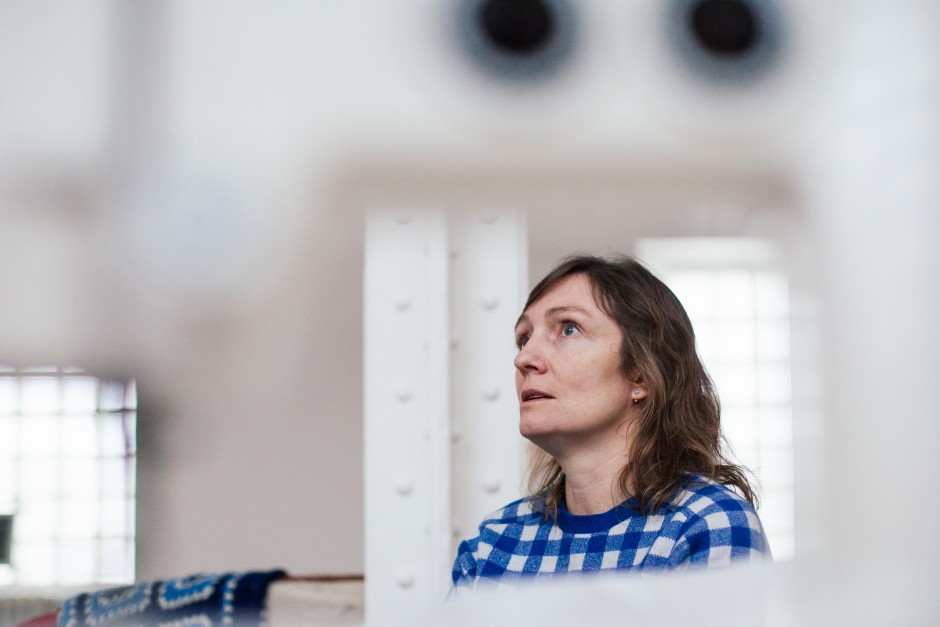
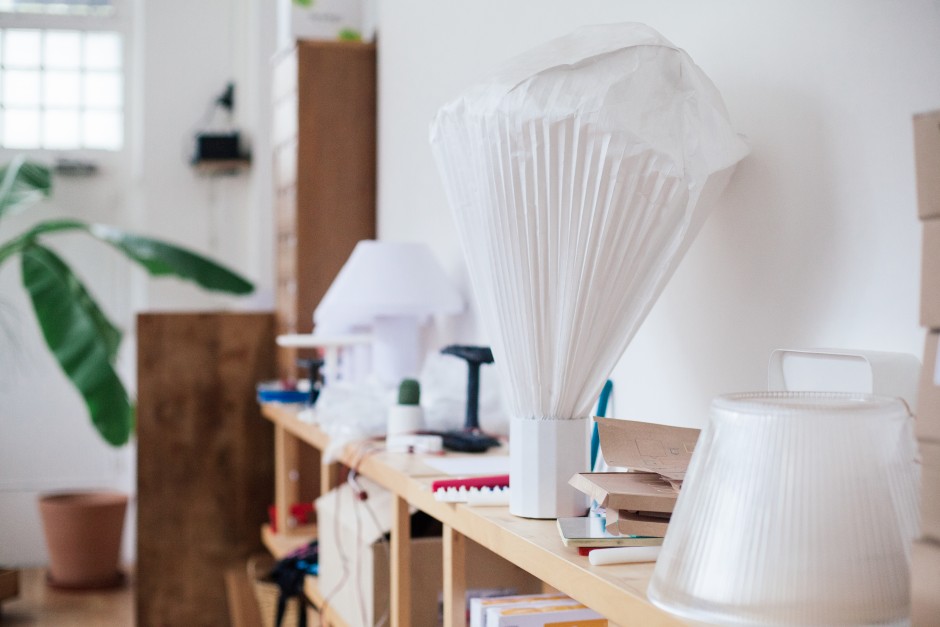
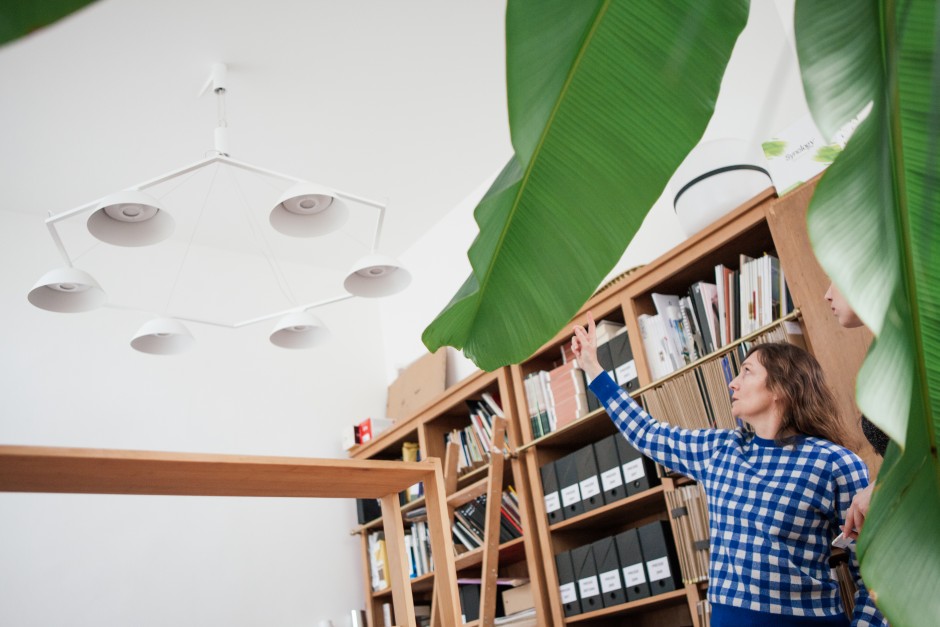
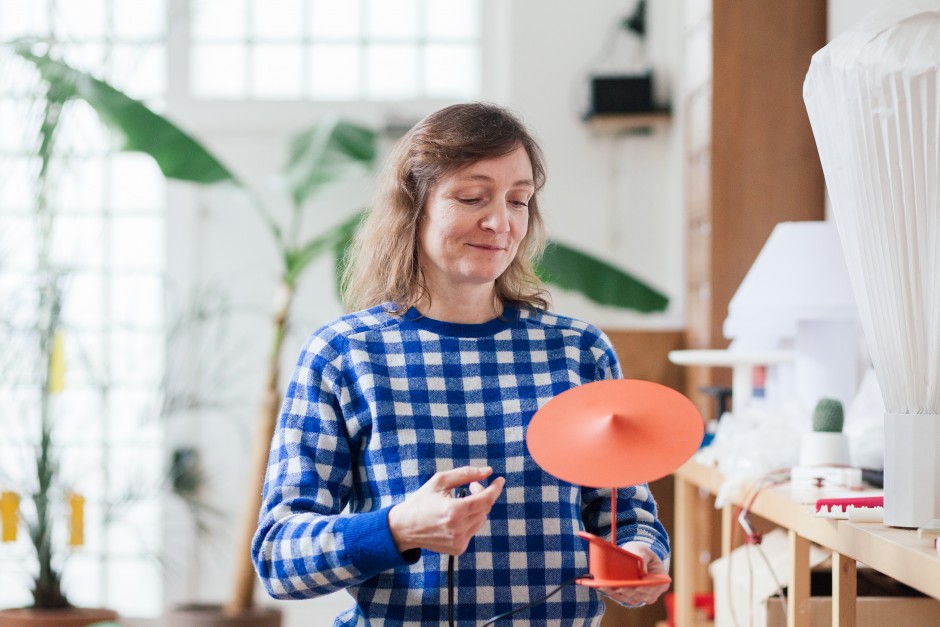

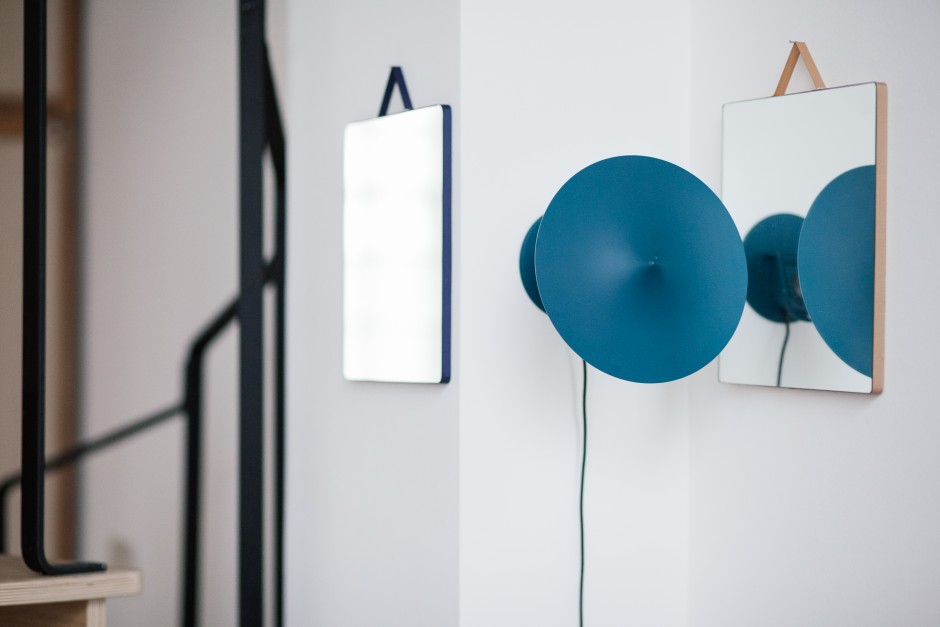
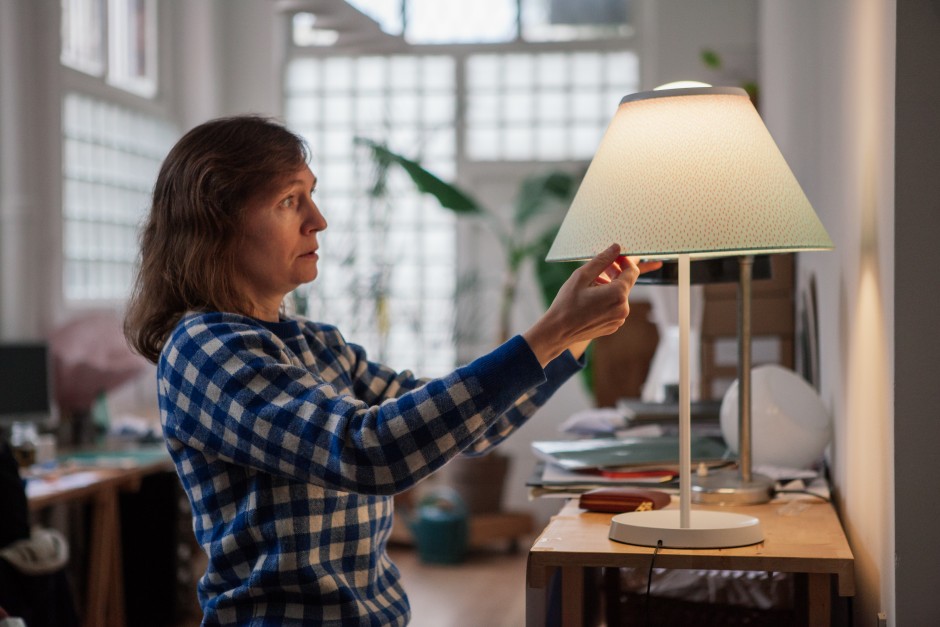
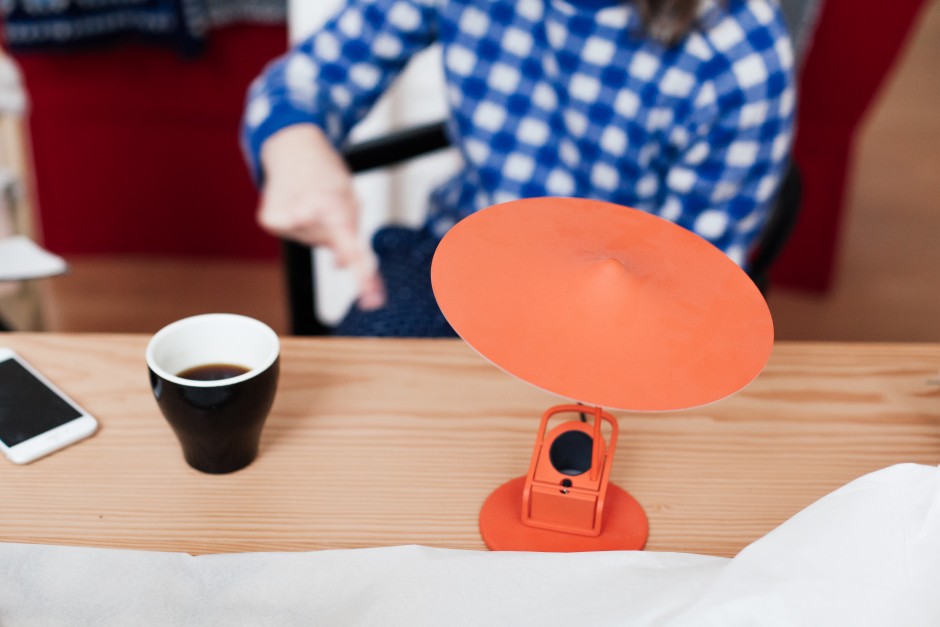
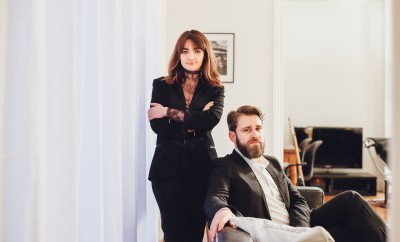
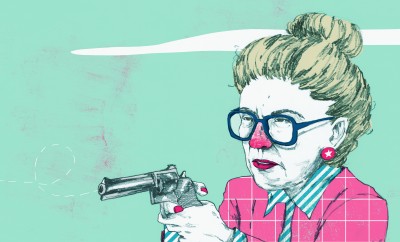
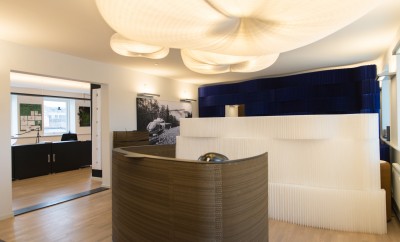

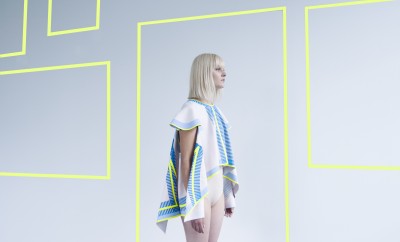

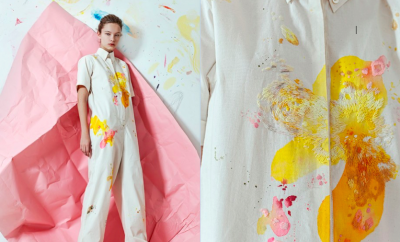
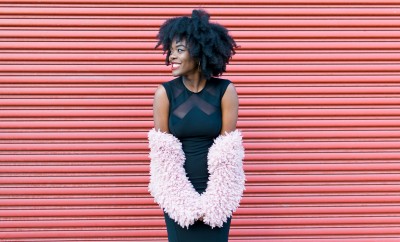

You must be logged in to post a comment Login